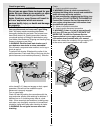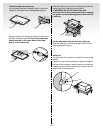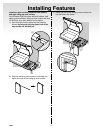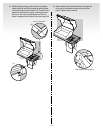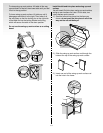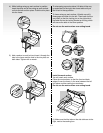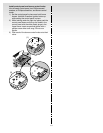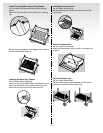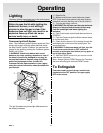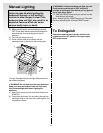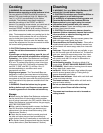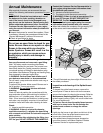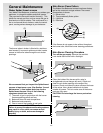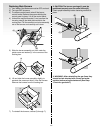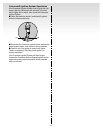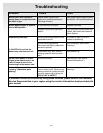Special offers from our partners!

Find Replacement BBQ Parts for 20,308 Models. Repair your BBQ today.

Buy Weber Grill Parts. It couldn't be easier. Find your Weber parts here.
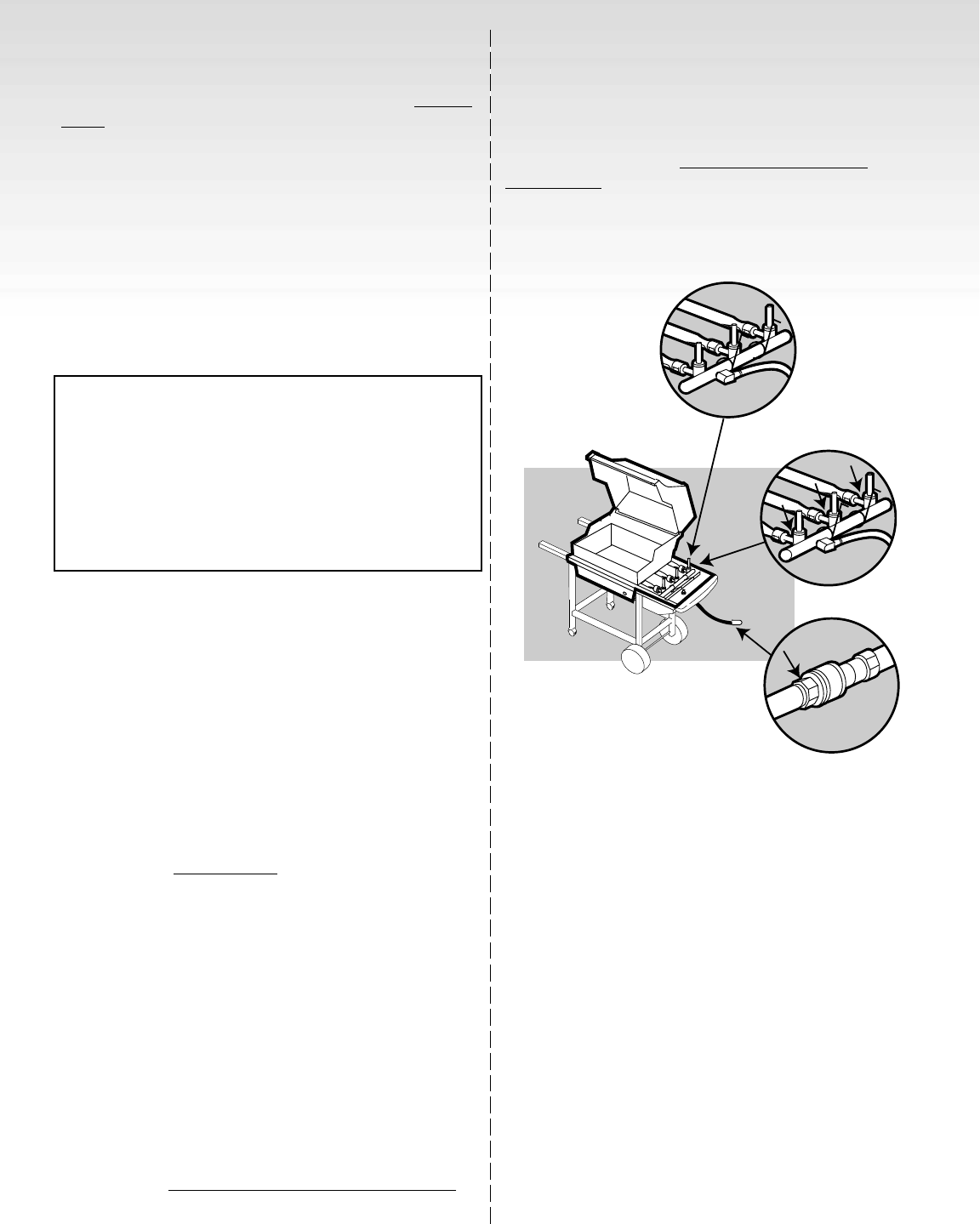
D-4
Annual Maintenance
After a period of nonuse, we recommend that you
perform the following maintenance procedures for your
safety.
ƽ WARNING: Check the hose before each use of
the barbecue for nicks, cracking, abrasions or
cuts. If the hose is found to be damaged in any
way, do not use the barbecue. Replace using only
Weber authorized replacement hose. Contact the
Customer Service Representative in your region
using the contact information sheet provided with
your manual.
■ Inspect the burners for correct flame pattern. Clean
if necessary, following the procedures outlined in the
“General Maintenance” section of this manual.
■ Check all gas fittings for leaks.
ƽ DANGER
Do not use an open flame to check for gas
leaks. Be sure there are no sparks or open
flames in the area while you check for
leaks. Sparks or flames will result in a fire
or explosion, which can cause serious
bodily injury or death, and damage to
property.
ƽ WARNING: You should check for gas leaks every
time you disconnect and reconnect a gas fitting.
Note - All factory-made connections have been
thoroughly checked for gas leaks. The burners have
been flame tested. As a safety precaution however,
you should recheck all fittings for leaks before using
your Weber Gas Barbecue. Shipping and handling may
have loosened or damaged a gas fitting.
ƽ WARNING: Perform these leak checks even if
your barbecue was dealer- or store-assembled.
You will need: a soap and water solution and a rag or
brush to apply it.
To perform leak checks: Make sure all Burners are in
the off position. Turn on gas supply.
ƽ WARNING: Do not ignite burners while leak
checking.
Check for leaks by wetting the connections with the
soap and water solution and watching for bubbles. If
bubbles form, or if a bubble grows, there is a leak.
Note - Since some leak test solutions, including soap
and water, may be slightly corrosive, all connections
should be rinsed with water after checking for leaks.
Inspection and cleaning of the Spider/Insect
screens
To inspect the spider/insect screens, remove the
control panel. If there is dust or dirt on the screens,
remove the burners for cleaning the screens. Refer to
Maintenance, Replacing Main Burners. Brush the
spider/inspect screens, lightly, with a soft bristle brush
(i.e. an old toothbrush).
ƽCaution: Do not clean the spider/insect screens
with hard or sharp tools. Do not dislodge the
spider/insect screens or enlarge the screen
openings.
Lightly tap the burner to get debris and dirt out of the
burner tube. Once the spider/insect screens and
burners are clean replace the burners.
If the spider/insect screen becomes damaged or
cannot be cleaned, call Weber-Stephen Products
Customer Service for replacement parts.
Check:
1) Hose-to-manifold connection.
ƽ WARNING: If there is a leak at the hose-to-
manifold connection(1), retighten the hose fitting
with a wrench and recheck for leaks with soap and
water solution.
If a leak persists after retightening the fitting, turn
OFF the gas. DO NOT OPERATE THE BARBECUE.
(1)
(2)
(3)
Contact the Customer Service Representative in
your region using the contact information sheet
provided with your manual.
2) Valves-to-manifold connections.
3) The hose-to quick-disconnect connection.
ƽ WARNING: If there is a leak at connections (2) or
(3), turn OFF the gas. DO NOT OPERATE THE
BARBECUE. Contact the Customer Service
Representative in your region using the contact
information sheet provided with your manual.
When leak checks are complete, turn gas supply OFF
at the source and rinse connections with water.
*The grill illustrated may have slight differences than
the model purchased.



